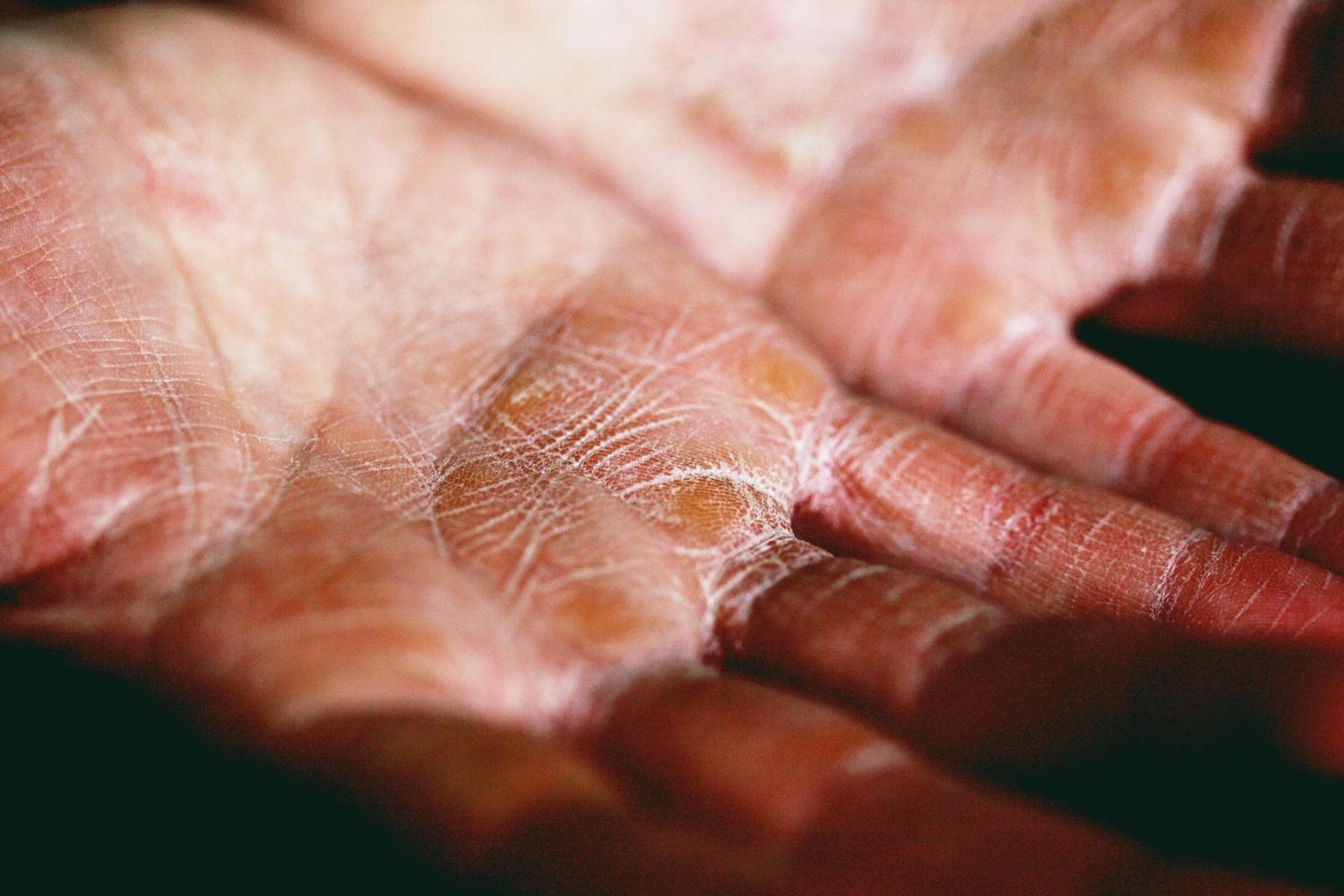Article
Laboratory Markers Aid in Evaluating Atopic Dermatitis
Author(s):
Investigators added that the meaning of each laboratory marker is dependent on the drug that is being used for treatment.

Investigators in Japan performed what they believed to be the first association study of the transition of laboratory marker levels and transition of disease activity of patients with atopic dermatitis who were treated with the fully human monoclonal antibody dupilumab.
The team, led by Hidehisa Saeki, MD, Department of Dermatology, Nippon Medical School, found that the transitions of thymus and activation-regulated chemokine (TARC) levels were strongly associated with disease activity.
However, transitions of serum lactate dehydrogenase (LDH) and immunoglobulin E (IgE) levels were weakly and not associated with that of AD activity, respectively.
A smaller association study of laboratory markers such as serum thymus and activation-regulated chemokine (TARC)/CCL17, serum lac- tate dehydrogenase (LDH), serum immunoglobulin E (IgE) and the eosinophil numbers in peripheral blood and disease activity was performed on patients with atopic dermatitis in 2006 prior to the introduction of dupilumab in Japan in 2018.
Since the biologic blocks IL-4/13 signals, investigators thought it was possible that the association of the transition of laboratory marker levels and transition of disease activity in dupilumab-treated patients with the disease might have differed from that in patients who were not treated with dupilumab.
As such, the association study was performed.
The Study
Saeki and investigators collected data on 60 adult outpatients with moderate-to-severe atopic dermatitis aged 15 years and older, at Nippon Medical School from April 2018 to April 2020.
Each patient was prescribed dupilumab prior to the study and was observed for at least 4 months with 3 visits. Patients were given an initial dose of 600 mg of dupilumab, followed by 300 mg that was administered once every 2 weeks.
Patients visited the department 1 month after the initiation of dupilumab and at least once per 3 months after. Each time, investigators obtains peripheral blood and calculated the levels of serum TARC, LDH, IgE and eosinophils.
Eczema area and severity index (EASI) scores were recorded for each patient.
Associations between the transition of the EASI score and those of laboratory markers such as serum TARC, LDH, IgE and the eosinophil number were evaluated using a mixed effects model of EASI as the response variable. laboratory markers functioned as fixed effects and patients as random effect.
The Findings
Investigators reported that correlation coefficients of TARC, LDH, IgE and eosinophil number were 0.83, 0.65, 0.39 and 0.22, respectively, and that transitions of serum TARC and LDH levels were associated strongly with the transition of the EASI score.
After administering dupilumab, Saeki and colleagues found that TARC levels in all patients decreased at 16 weeks independent of disease severity.
The study also suggested that TARC levels might have decreased sooner than the skin improvement in some patients treated with dupilumab. Likewise, LDH levels were shown to decrease from baseline during biologic treatment.
Yet, transitions of the serum IgE level and eosinophil number were intermediately and weakly associated with the transition of the EASI score.
The team acknowledge several limitations of the study, 1 of which involved the the use of the objective-SCORAD, which did not assess factors such as pruritus and sleeplessness in patients. They believed the difference in the results of their previous and present studies could be attributed to the difference in treatment rather than assessment tools.
“Further study consisting of larger number of patients who are treated with or without dupilumab and whose disease activities are evaluated by EASI score is necessary,” the team wrote.
The study, “Association study of transition of laboratory marker levels and transition of disease activity of atopic dermatitis patients treated with dupilumab,” was published in the Australasian Journal of Dermatology.





